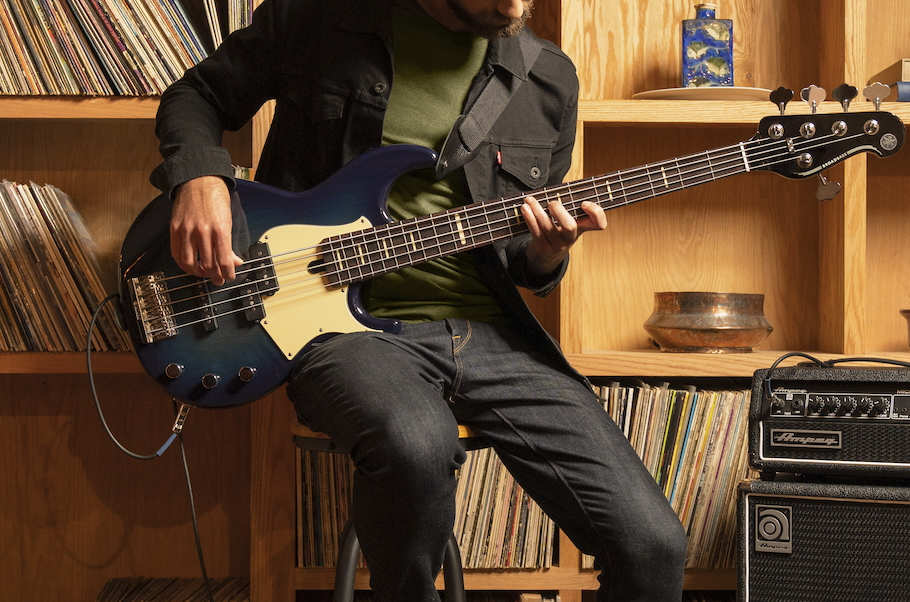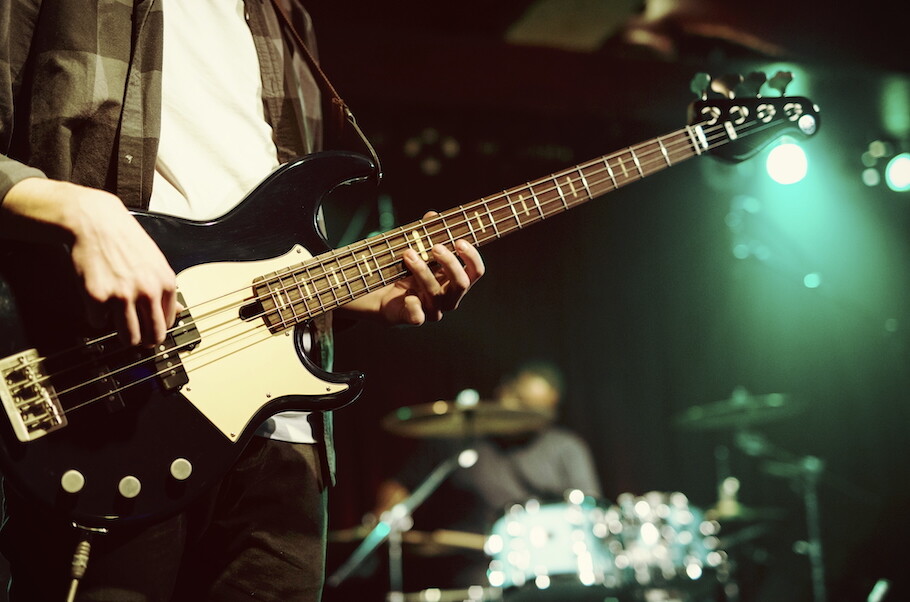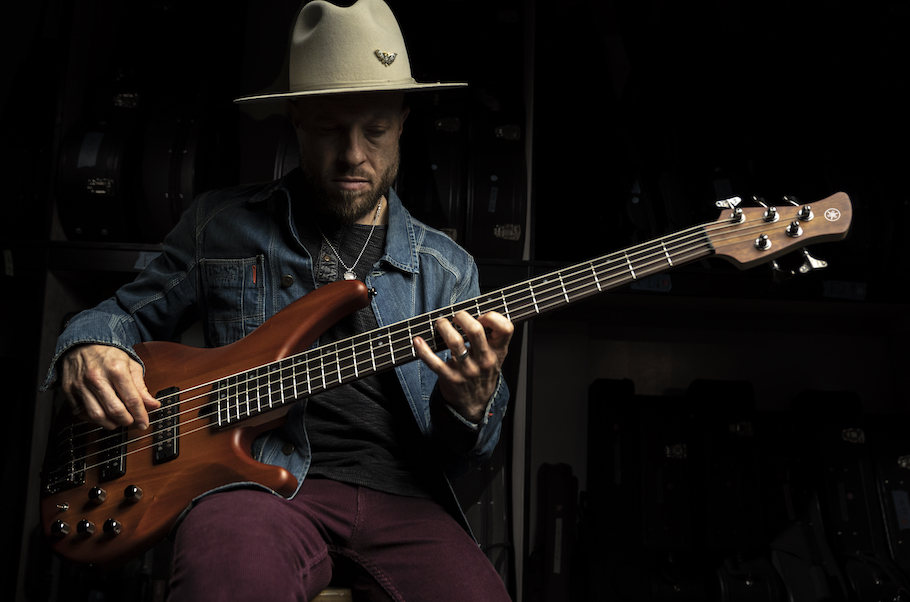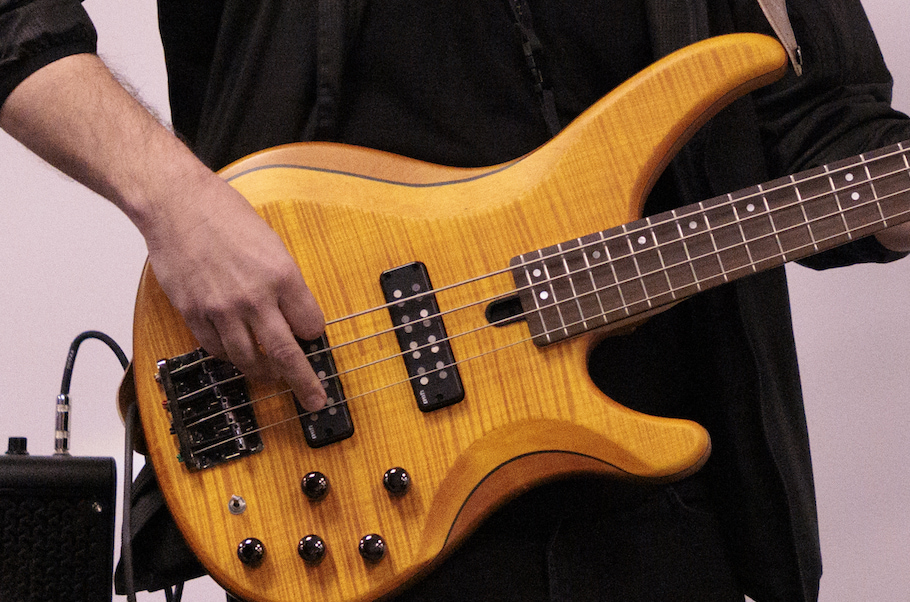Exploring the Yamaha Signature Basses
Three great players, three great instruments.
I used to be cynical about the idea of a signature bass. The concept struck me as a marketing ploy whereby a star player put their John Hancock on the headstock of a marginally different version of a familiar bass design, in exchange for some cash.
All that changed when I laid my eyes and hands on the three Yamaha basses bearing the names of Billy Sheehan, Nathan East and John Patitucci.
It didn’t take long for me to realize that these instruments are made with intent, each one wholly unique, and each embodying the qualities, characteristics and idiosyncrasies of their namesakes. There’s no missing the fine contours, the quality materials and the glistening finishes. But it’s when you plug in and feel the resulting sound that their true character shines through.
In fact, the more you play these instruments, the more insight you gain into how each of these great players thinks about the bass. And with that realization comes the reward of directly benefitting from their years of painstaking work, in partnership with the luthiers at Yamaha, to create what they believe to be the perfect bass.
Let’s take a closer look at each.
Attitude Limited 3
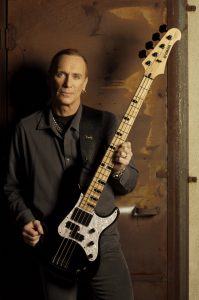
Niacin bassist Billy Sheehan has deservedly built a reputation as a melodic and explosive player whose blistering technique pushes the limits and tolerances of what a normal bass is capable of withstanding.
As you might expect, the Yamaha Attitude Limited 3 bass he co-designed is anything but normal, but perhaps not for all of the reasons you might think. Sure, you can’t help but notice those high-register scalloped frets for the G and D strings. And then there’s the stock D-tuner for dropping the E string. But what helps give the bass its unmistakable mojo is essentially hidden, explains Sheehan.
“It’s that neck-to-body joint. One of the big problems I had with my old P-bass was that when I bent the neck and pushed from behind for some dive-bomb vibrato at the end of a song, the neck would shift in the pocket,” he says. “So I had to pound all kinds of shims in there and stand on it with my full body weight to push the neck and body together, then take a giant screwdriver and torque those four screws down with everything I had.” Instead of all that rigamarole, the Attitude boasts a five-screw miter-bolted neck joint that creates a rock-solid connection between neck and body for extraordinary resonance and (even) Sheehan-proof structural integrity.
Preferences for neck profiles are subjective, but for my tastes, this neck nails it — fast and comfy from top to bottom, with a factory set-up that was awesome out of the case. Marry that neck and neck joint up with an aggressive-sounding split-coil front pickup in the traditional position and a thunderous rear humbucker, and you’ve got … well, attitude to spare.
The controls are intuitive but powerful, and there are recessed stereo output jacks (switchable to mono) for splitting the instrument’s output to separate amps. No surprise there, given that the overarching idea behind Sheehan’s design was to use the front pickup for the harmonic content, and the rear pickup for the deep bass, each through its own amp. The bottom line: Innovation and individuality shine through in Sheehan’s playing and his sound, and both come through loud and clear in this bass.
BBNE2
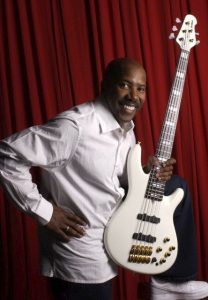
Not just any musician can jump between gigs with Eric Clapton and Phil Collins to Herbie Hancock and Daft Punk, but humble, unassuming Nathan East has done just that, establishing himself as an A-list session and touring player thanks to his unshakeable sense of groove. Simply put, the man is like his bass lines, and so is his signature bass, the Yamaha BBNE2.
“This bass took a few different incarnations to get where we are today,” says East. “I had come from the J-bass world, so I started with that tighter, tapered spacing but added the fifth string. And we did lots of research and development on the pickups and the scale length. Those were priorities, but balance was an important part of what I wanted out of this particular instrument.”
“There are a lot of beautiful basses out there where the woods and the shapes and everything about them is so sexy — everything except the functionality,” he adds. “I wanted to prioritize functionality, and being that I was going from different genres and going from the studio to live settings, I needed a one-size-fits-all bass that I could play anywhere and everywhere.”
To which I would add: this is a beautiful bass. So beautiful, in fact, that other musicians in the store where I demoed it kept interrupting me to talk about how sexy it is. The one I played had a sumptuous white finish, and the neck-through design, individual bridge saddles, upper cutaway contours and sleek control knobs provide aesthetic appeal, in addition to the important functional roles they play.
But East’s top priority was creating a utilitarian bass, and the BBNE2 delivers. First of all, there are gobs of tone. From remarkably tight lows to growling mids and slinky highs, you can carve pretty much any sound you want here, despite the instrument being surprisingly light in weight. I can also say without hesitation that it is the most perfectly balanced bass I’ve ever played, without the slightest hint of neck dive or heaviness on the shoulders.
My hands are on the small side, and so the necks on five-string basses can sometimes feel too chunky, but the BBNE2’s neck offers familiar spacing and low action up and down the fretboard. It obviously tapers outward as it meets up with the body, but I wasn’t conscious about readjusting my left hand to reach the upper frets across the strings, and to me, less thinking and fewer awkward stretches equate to better playing. This may be a streamlined bass, but it packs extraordinary tonal diversity and playability into a seemingly simple but deceptively seductive design.
TRBJP2
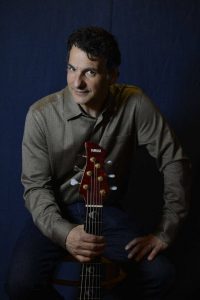
To understand John Patitucci’s impact on the bass, you only need to take a look at the company he keeps. Best known for both his upright and electric bass playing in jazz circles (and as a teacher too), Patitucci has recorded and performed with great musicians across all genres such as Wayne Shorter, Dizzy Gillespie, B.B. King, Pat Metheny, Sting and Carly Simon, just to name a few. His association with Yamaha dates all the way back to 1985, when he was playing with keyboardist Chick Corea’s Electric Band. Soon thereafter, he began working with the company’s luthiers, with whom he co-designed a number of basses (including the workhorse TRB) before starting work on the 6-string Yamaha TRBJP2.
“Flexibility was always the goal,” he says. “We decided to make it a bolt-on neck so that we didn’t lose that core sound that a lot of the old 4-string basses have … that sound people are attached to, which I love, too. The solidity of the bolt-on neck affects the bass’s resonance and helps with the bottom and the foundational frequencies.” Other areas of focus included the TRBJP2’s oversized double-coil Alnico pickups and creating a proper cutaway for slapping. “On a 6-string, it’s hard to do,” he explains, “but we’ve got a little cutaway under the string so you can get your fingers in there.” The instrument’s active preamp is another important factor in delivering the kind of bottom end that you rarely get from a 6-string model.
There’s no mistaking the quality of this instrument the moment you see it. When I opened the case and spied the brilliantly figured top of the four-ply laminated body and attractive inlays along the ebony fretboard of the super long 35-inch scale neck, I felt like I was jumping into a sports car. That wide 26-fret neck seemed a bit intimidating at first to a 4-string player like myself, but its shallow and flat profile, immaculate fretwork and gloss polyurethane finish actually make it very easy to play. In addition, there are a ton of controls (master volume, pickup balance and a 3-band EQ), so it was easy to dial in the sounds I was after.
Like a precision racecar, the TRBJP2 offered full-throated performance and responded as if it were a part of me, delivering crisp, chiming highs, earthy mids and deep lows, with lots more left in the tank for those players who really want to push the limits.
So there you have it: Three great players, three great instruments. I highly recommend you give them a test-drive at your local music retailer!
Thanks to The Music Zoo in Farmingdale, NY for providing access to these instruments.
Click here for more information about Yamaha basses.










